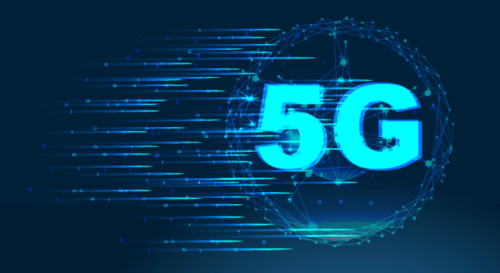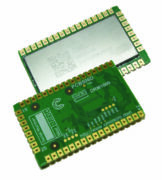A great percentage of American households are expected to have 4K- and 8K-capable televisions as it becomes more readily available and cost effective. Wired broadband can support 4K/8K video streaming in homes, but it can’t support data-thirsty apps on the go.
For that, much of the world is banking on Fifth Generation (5G) networks. In 5G cellular networks, the peak data rates are 10 gigabits per second (Gbps), which means downloading a 1.2 gigabyte (GB) ultra-high-definition (UHD) movie would require less than a second. Compared to its 3rd Generation Partnership Project (3GPP™) predecessors (2G and 3G/4G LTE), 5G’s expanded capacity is a big step forward in mobile connectivity.
Much like Moore’s law for computers, Nielson’s law of internet bandwidth predicts that bandwidth usage will increase by 50 percent every year. To help keep up with this exponential rise in bandwidth requirements, 5G wireless will need to deliver.
As device manufacturers and application developers prepare for 5G-capable products and services, it is important to assess the applicability of 5G in their respective use cases. The enormous promise of 5G as an ultra-low-latency broadband wireless technology must be gauged in relation to other technologies in the connectivity ecosystem. For example, several product categories exist for which 5G networks may not be a realistic choice. Price over performance is a crucial consideration when determining whether to adopt 5G over other connectivity options.
This article helps systems engineers evaluate the viability of 5G in the existing connectivity ecosystem.
What Distinguishes 5G Connectivity?
We have moved into an era dominated by cloud-based, connected applications. Every vertical industry is transitioning to service models in which the essential functions are dispensed from the cloud. This shift forces us to think differently about connectivity.
That’s where 5G fits in. The 5G standards provide a totally new framework for connectivity. In that sense, 5G paves a disruptive evolutionary path for existing connectivity concepts.
In addition to using spectrum in the existing Long-Term Evolution (LTE) range, 5G uses unlicensed spectrum in the millimeter wave (mmWave) bands. According to an article in IEEE Spectrum entitled “5G Bytes: Millimeter Waves Explained,” mmWaves, broadcast in the 30 to 300 gigahertz (GHz) frequency range, provide much higher bandwidths than the spectrums of former generations along with the added benefit of lower latencies. However, the mmWaves (1 to 10mm in length) cannot travel easily through buildings and other obstacles and are easily absorbed by rain, foliage, etc. One way to counter the mmWave propagation issues is with the use of 5G small cells. Compared to traditional cell sites, small cells are much smaller in size, more power efficient, and are becoming more affordable. Due to their inherent spectrum efficiency, small cells also increase wireless capacity to connect more “things” and data traffic.










